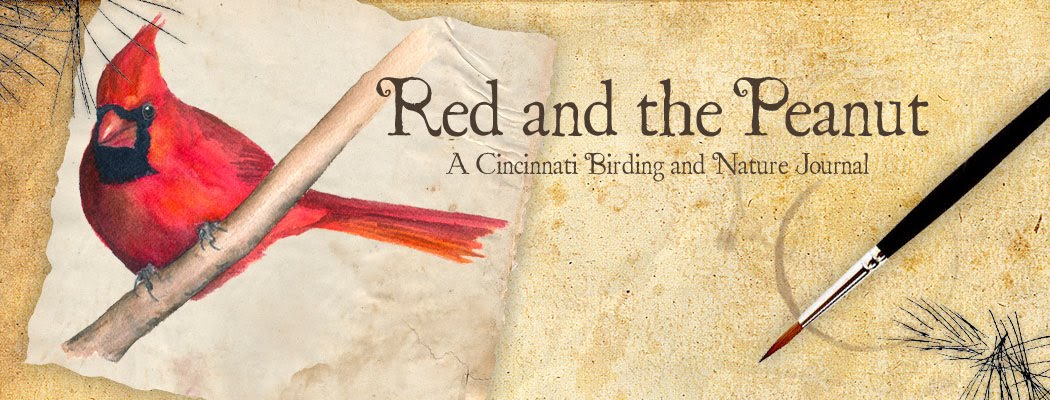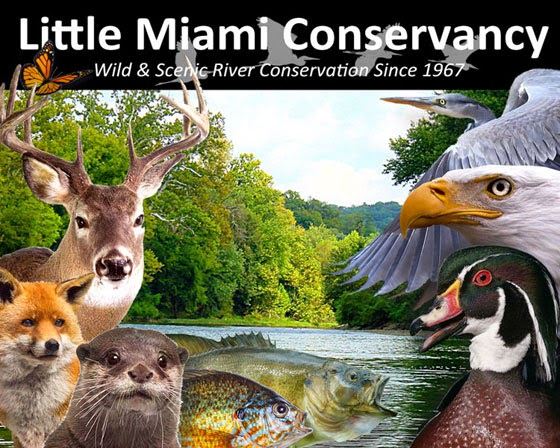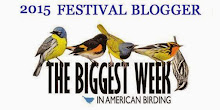...continued from Monday's post on the baby Tricolored Herons.
I did a double-take when this beautiful white bird stepped into view. I was only about 40 feet from the nesting Snowy Egrets, so for a split second "just another Snowy" formed in my mind, but my brain knew something was up and its power of recognition spit out that conclusion quickly and replaced it with that "It can't be...but I know it is...at least I hope it is...It has to be...but it's probably not" feeling. (I'm sure you know what I'm talking about!) Hope seared through me, and I held my breath, watching. He was perched deep in the shadows of a scraggly willow, hidden by a thicker curtain of leaves than those hiding the baby Tricolored Herons. But then he moved, and he stepped into an open patch of sunlight, and with one long stretch of his leg moved up a branch, turned around, and revealed those beautiful pale orange plumes on his back seen only during the breeding season. I couldn't believe it. Another new species...a Cattle Egret, and nary a pasture or cow in sight!





You can always see the pale orange feathers
on his head, but the the plumes on the back
only remain during breeding season.

"I have a haughty glare in my eyes, but truly I'm gregarious
and friendly. Please don't hate me because I'm beautiful."

"Don't underestimate my beauteousness,
and make sure you get the profile."

"I'm in love...I'm all shook up!"
After I photographed this Cattle Egret, I noticed a small flock of about five birds to the right of him (or her), but they were deep in the branches. Later on, I came back to this spot and two were in open view. Unfortunately, I couldn't find any Cattle Egret chicks or nests. Either they weren't born yet, or they were nesting closer to the interior of the heronry.
Beak Bit
Jim McCormac writes in his book, "Birds of Ohio," that Cattle Egrets can be found anywhere in Ohio during migration. During the breeding season they have been found nesting in a small heronry near Lake Erie in Ohio. (With all this Ohio action, why did I have to travel to South Carolina to find one?) Cattle Egrets are native to Africa but have spread to every continent on earth (except Antarctica). They often hang out in pastures where they eat the insects stirred up by the cattles' hooves.


























































